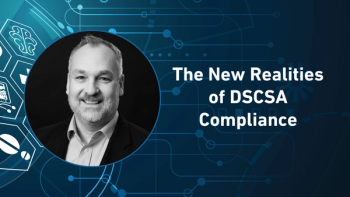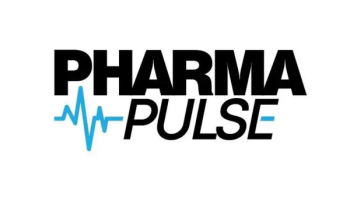
What Supply Chain Leaders Need to Know About COVID Vaccine Policy Uncertainty
Ron Lanton, Partner, Lanton Law, warns that shifting federal policies and ongoing lawsuits could create compliance challenges and operational risks that pharmaceutical supply chain leaders must closely monitor.
In a recent interview with Pharmaceutical Commerce, Ron Lanton, partner at Lanton Law, discussed the high-stakes implications of a new lawsuit filed by leading medical organizations to restore access to COVID-19 vaccines for children and pregnant people. Lanton explained how the case reflects deeper tensions between scientific standards, federal authority, and political influence, while also outlining what pharmaceutical supply chain leaders should watch for in terms of compliance, risk, and operational impact.
PC: Given the recent lawsuit filed by major medical organizations to restore access to COVID-19 vaccines for children and pregnant people, how might this legal action influence federal authority over vaccine distribution, and what should pharmaceutical supply chain leaders be watching for in terms of compliance risk and operational impact?
Lanton: The lawsuit seems aimed at challenging federal policies on COVID-19 vaccines, but it faces significant hurdles. The plaintiffs argue that Robert F. Kennedy Jr.’s actions lacked both a legal and scientific basis. There is strong research supporting vaccine effectiveness, and it’s not clear what scientific rationale underpins some of HHS’s decisions.
That said, the lawsuit may have limited impact because of its timing and the nature of Kennedy’s involvement. His actions relate more to guidance than outright bans. He’s not formally refusing or blocking access to vaccines—it’s more of an informal way of restricting access. For example, the agency’s current immunization schedule states that children ages six months to 17 years who are not immunocompromised may receive a COVID-19 vaccine, but it frames this as a shared decision between clinicians and parents. That framing raises questions about how federal agencies are being held accountable to long-standing scientific standards, especially as those standards become increasingly politicized.
For supply chain leaders, the key is to monitor not just this lawsuit but broader policy developments within HHS and CMS. Agencies are adjusting vaccine guidance in real time, and many of these changes aren’t publicly debated or transparent. The rollback of the Richardson waiver, for example, means the public no longer sees draft rules, proposed changes, or comments before implementation. That reduces oversight and makes it harder to anticipate regulatory shifts.
Stakeholders should also pay attention to how modifications in funding, leadership, and criteria could influence vaccine approvals and distribution. Recent developments with mRNA vaccines in Europe illustrate this uncertainty. While one country moved away from mRNA, I don’t see that technology disappearing—it’s evolving. The question for U.S. manufacturers is whether to continue operations as is or rethink strategy in light of these shifts. That’s why staying agile and informed is critical for the supply chain right now.
Full Interview Summary: The recent lawsuit filed by major medical organizations to restore broader access to COVID-19 vaccines for children and pregnant people underscores the growing tension between science, law, and politics in federal health policy. The case challenges actions taken under HHS leadership, particularly those linked to Robert F. Kennedy Jr., which critics argue lack a scientific or legal foundation. While studies overwhelmingly support vaccine effectiveness, the lawsuit may face limits because the disputed policies function more as guidance than outright bans—making them harder to contest in court.
The current federal immunization schedule still permits vaccination for children ages six months to 17, but the emphasis on “shared decision-making” between clinicians and parents reflects a softer, less directive stance. This shift raises broader questions about how to hold agencies accountable to long-standing scientific standards, particularly when those standards are increasingly politicized.
For pharmaceutical supply chain leaders, the key risk lies in navigating policy uncertainty. Agencies like CMS and HHS continue to adjust their approaches to vaccines without the traditional public rulemaking processes, as seen in the rollback of the Richardson waiver. These changes reduce transparency and limit stakeholder input, forcing industry to adapt quickly to shifting compliance and operational demands.
The discontinuation of certain mRNA vaccine programs abroad highlights another risk: global regulatory divergence. While the U.S. may reduce emphasis on vaccine leadership, demand will persist in markets across Europe, Asia, Africa, and Latin America. Companies must weigh whether to sustain U.S.-based operations or pivot toward international markets where vaccine adoption remains strong.
Ultimately, if vaccines lose public trust or political backing, funding and development could decline, reshaping regulatory strategy for vaccines and biologics. Supply chain stakeholders must remain vigilant, monitoring both litigation outcomes and evolving federal signals to anticipate potential disruptions.
Newsletter
Stay ahead in the life sciences industry with Pharmaceutical Commerce, the latest news, trends, and strategies in drug distribution, commercialization, and market access.





